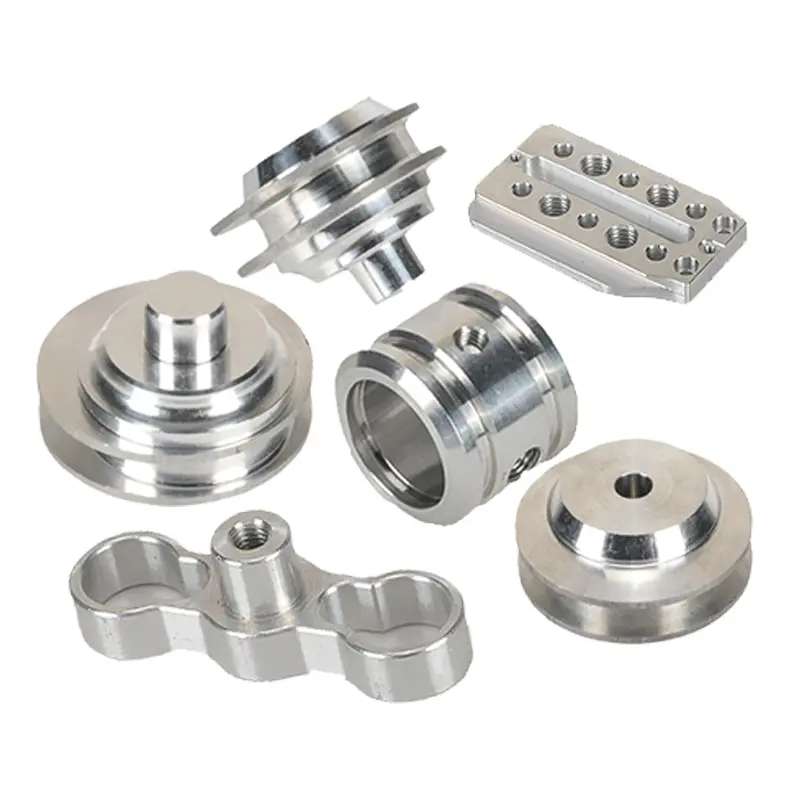

Time:2025-05-22 Views:1

The advent of 5G technology has brought about a paradigm shift in various industries, and CNC machining is no exception. 5G's ultra - high - speed data transfer, low latency, and massive device connectivity capabilities have significantly accelerated remote collaboration in CNC machining, enabling seamless communication and coordination between operators, engineers, and machines across vast distances.
One of the primary benefits of 5G in CNC remote collaboration is the real - time transmission of high - resolution data. In a remote CNC machining setup, operators need to receive detailed information about the machining process, such as live video feeds of the machine's operation, real - time tool position data, and sensor readings. 5G's high - speed data transfer allows for the instant transmission of this data without any significant lag. For example, an engineer located in a different city can remotely monitor the CNC machining of a large - scale industrial part. With 5G, they can view high - definition video footage of the cutting process, analyze the tool's performance based on real - time sensor data, and make immediate adjustments to the machining parameters if necessary. This real - time interaction ensures that the machining process is carried out accurately and efficiently, even when the operator and the machine are physically separated.
The low latency of 5G is also crucial for remote CNC collaboration. In traditional remote machining setups, latency in data transmission can lead to delays in command execution, resulting in errors and inaccuracies in the machining process. 5G's ultra - low latency, often less than 1 millisecond, ensures that commands sent from the remote operator are executed by the CNC machine almost instantaneously. This enables precise control over the machine, similar to operating it in person. For instance, in a collaborative project where multiple teams are involved in the design and manufacturing of a complex product, designers can use 5G - enabled devices to send real - time design changes to the CNC machine. The machine can then immediately adapt to these changes, reducing the time and cost associated with traditional iterative manufacturing processes.
In addition, 5G's massive device connectivity allows for the integration of multiple sensors, cameras, and other IoT devices into the CNC machining ecosystem. These devices can collect a wealth of data on the machining process, such as temperature, vibration, and humidity. This data can be analyzed in real - time by artificial intelligence algorithms to predict potential issues, optimize the machining process, and improve the overall quality of the finished product. For example, a network of vibration sensors connected via 5G can detect early signs of tool wear or machine malfunction. The system can then alert the operator and suggest appropriate actions, such as changing the tool or adjusting the machining parameters, to prevent costly breakdowns and ensure continuous production. Overall, 5G - enabled remote collaboration in CNC machining is set to redefine the boundaries of manufacturing, enabling greater flexibility, efficiency, and innovation.
Read recommendations:
professional underwater photography Accessories